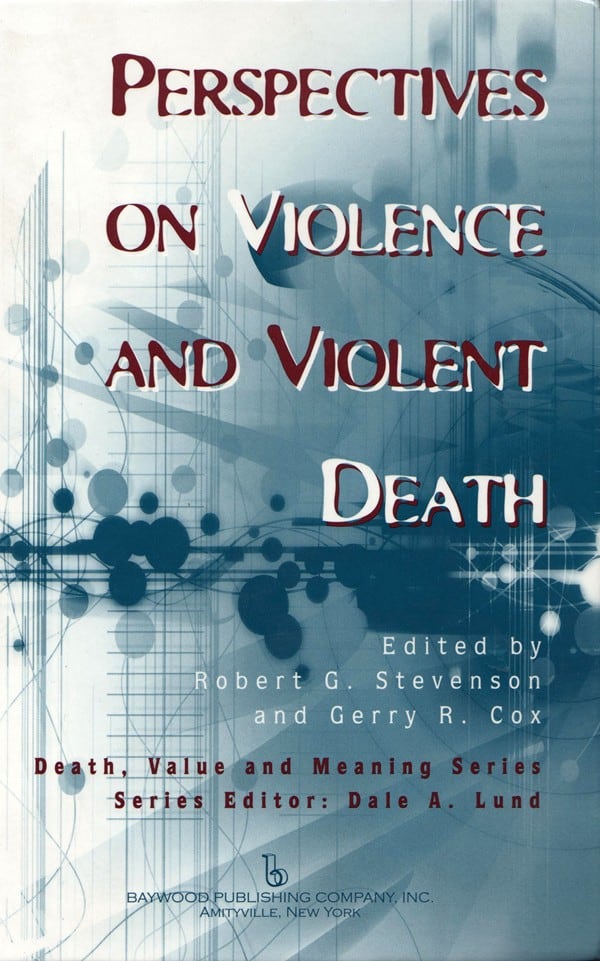Over the last couple of months, SafetyAtWorkBlog has written several articles on the psychosocial workplace hazard of depression, stress and anxiety.
Science Friday is a regular feature of the NPR program, Talk of the Nation in the United States. Last Friday, it focussed on depression. Its speakers talked about how the diagnosis of depression has changed over the decades, sometimes to match the range of depression medications available.
Importantly there is a differentiation between depression and mental health. (Psychosocial disorders doesn’t seem to be a term used outside of OHS) Depression is slowly becoming the collective term for sad, melancholy, unhappy, miserable, anxious………. It is very important for workplace safety professionals to try to pierce the fug of depression marketing so that one is not distracted into the trap of treating workers for a personal problem rather than preventing the hazard through changing organisational attitudes. Continue reading “Don’t get sidetracked by depression marketing”


